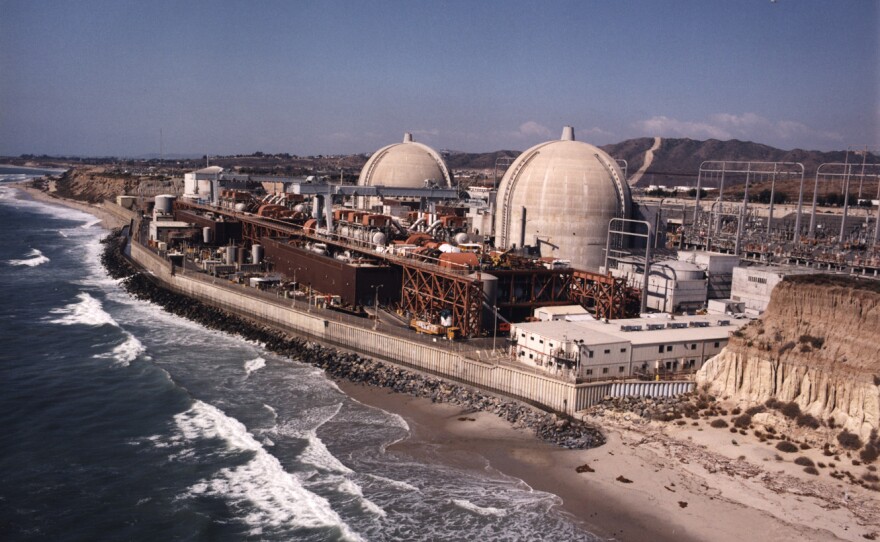Southern California Edison spokesman Gil Alexander said the San Onofre Nuclear Generating Station (SONGS) could handle any predicted earthquake but not as strong as the 8.9 magnitude that hit Japan.
"U.S. nuclear plants must be designed to exceed the maximum threat that scientists determine for the plant's specific geographic area," said Alexander. "When the San Onofre plant was being designed in the 1980s, a scientific review looked at a fault line five miles from the plant and it was determined that the maximum credible earthquake threat for our property was 6.5-6.6 magnitude."
Alexander said the policy at that time was for plants to exceed those threats and SONGS was built to survive a nearby earthquake with a magnitude of 7.0.
The U.S. Geological Survey reported the quake that struck Japan was 8.9.
He said the plant is also designed to exceed the level of a predicted tsunami, again based on a scientific review in the 1980s.
"The best science forecast the worst case possibility of a tsunami wave of about 24 or 25 feet," said Alexander. "We have exceeded that at the San Onofre plant with a tsunami wall that reaches 30 feet above sea level."
Alexander said the best available scientific data on earthquakes and tsunamis in the Southern California region continues to show the San Onofre plant design meets the predicted threats of each.
He said the plant would automatically shut down if sensors detected a major earthquake.
The SONGS generates enough electricity for 1.4 million homes in Southern California. Alexander said it is likely valuable lessons will be learned from the nuclear problems in Japan resulting from the earthquake and tsunami.
But he said it's still too early to know the full extent of what happened in Japan and whether those lessons can be applied to the U.S. Nuclear industry.
"This earthquake and tsunami tragedy that has struck Japan is a human tragedy," added Alexander. "and our thoughts and prayers go out to all the families and people in Japan who have lost loved ones, homes and businesses."








